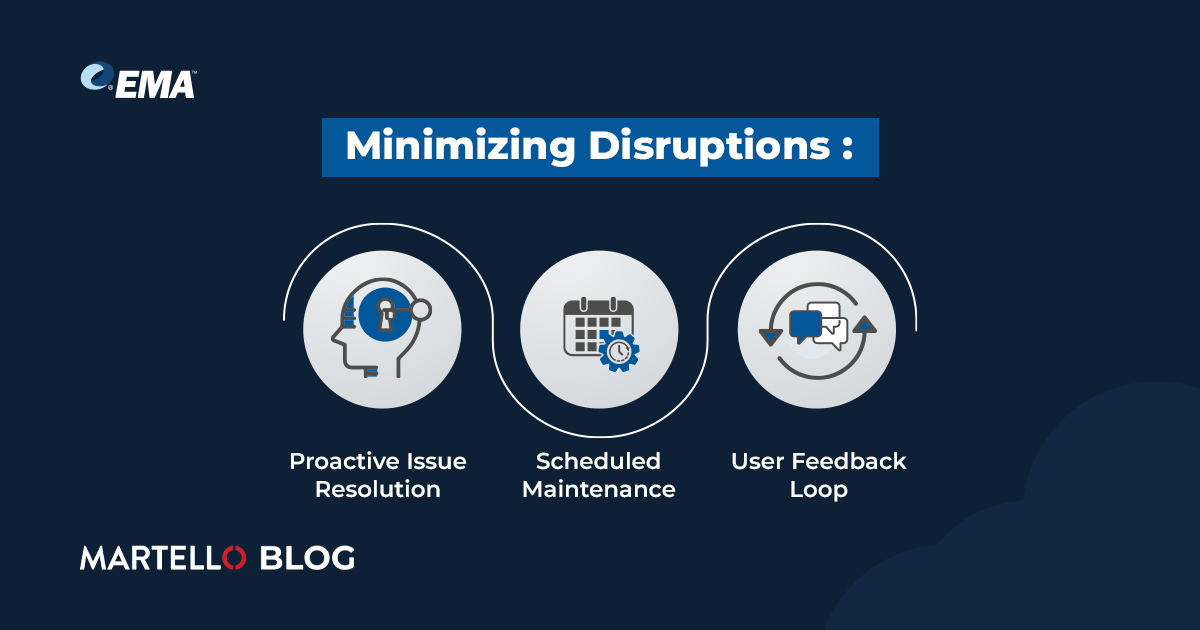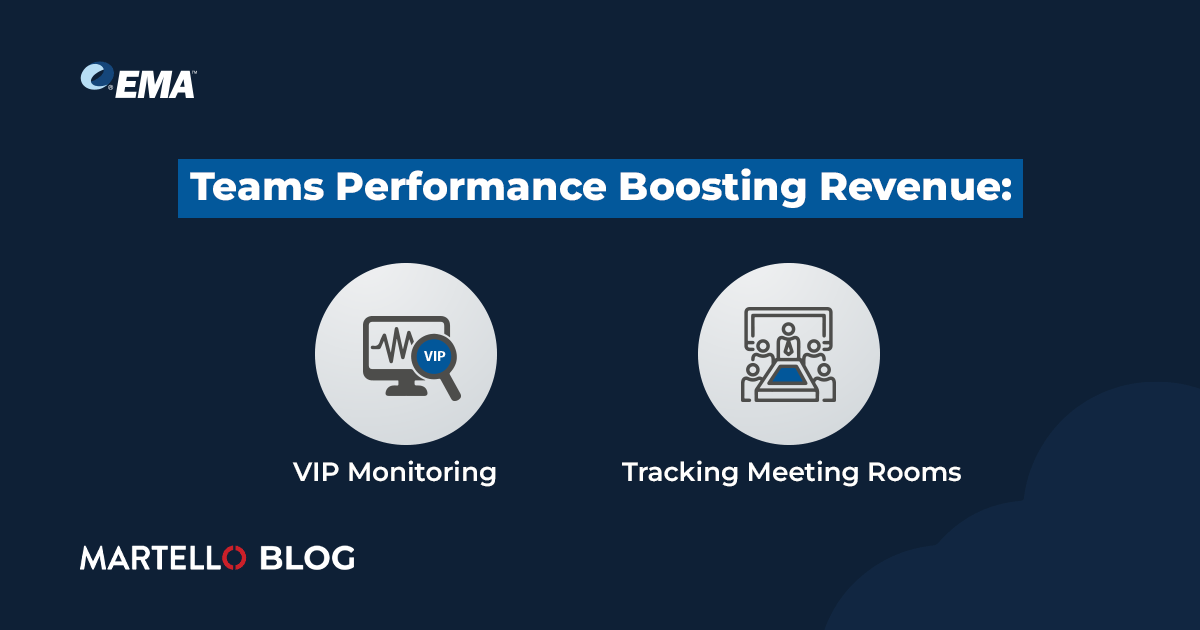Boost Your Microsoft Teams Performance for Revenue Triumph
Microsoft Teams Monitoring
Microsoft Teams is a key tool for collaboration in the modern workplace, connecting with other Microsoft 365 apps. When many businesses moved to a mix of remote and in-person work, 45.5% said Microsoft Teams performance became much more important. Additionally, 43% of businesses that use Teams rated it as strategic to their daily operations.
However, the effectiveness of Teams relies heavily on their performance: minimizing disruptions is critical to maintaining continuous workflows and sustaining the productivity of the people who are serving your customers. This creates a vital Teams performance revenue connection.
The Intricacies of Microsoft Teams Performance
Microsoft Teams operates at the intersection of various technical and user-centric factors that influence the Teams performance revenue connection. These intricacies include the reliability of network infrastructure, server responsiveness, user load management, geographic distribution, and the seamless integration of third-party applications. Each of these elements contributes to the Teams performance revenue connection.
Ensuring a robust network infrastructure and responsive servers is fundamental. A well-optimized network facilitates swift communication and file sharing, enhancing the user experience and, subsequently, revenue opportunities. Simultaneously, the platform must efficiently manage user loads, especially in regionally dispersed teams, to maintain optimal functionality and support revenue-generating activities.
Actionable Insights to Elevate User Experience
Elevating the Microsoft Teams user experience requires a proactive approach that goes beyond addressing immediate issues. Here are actionable insights to enhance user experience and, consequently, boost revenue:
Regular Performance Audits: When there are lots of issues, people try to fix problems on their own instead of asking IT for help. Conducting regular performance audits helps to identify and address potential bottlenecks.
Optimizing User Training: Educating users on best practices and efficient use of Teams can significantly enhance the user experience. Ongoing training ensures that users can leverage Teams to its fullest potential.
Customized User Support: Different users have different patterns and objectives for the use of Teams. Therefore IT personnel need to understand and personalize their support system according to the needs of the specific users.
Minimizing the Number of Disruptions

Minimizing disruptions is pivotal for maintaining continuous workflows and sustaining productivity. 57% of sales personnel reported in a recent survey that these Microsoft Teams performance disruptions lasted over 5 minutes and happened at an uncomfortable frequency. Here are key strategies to minimize disruptions:
Proactive Issue Resolution: Identifying and resolving potential issues before they escalate is key to minimizing disruptions. Proactive monitoring and rapid response to emerging problems create a more stable and efficient collaborative environment, positively impacting revenue generation.
Scheduled Maintenance: Regularly scheduled maintenance, communicated transparently to users, allows for necessary updates and optimizations without catching teams off guard. This strategic approach minimizes disruptions while ensuring the platform stays current and secure, indirectly contributing to revenue goals.
User Feedback Loop: Establishing a feedback loop with users encourages them to report issues promptly.
Boosting Revenue by Improving MS Teams Performance

Optimizing Microsoft Teams performance is not just about enhancing the user experience; it directly impacts a company’s revenue. 49% of sales personnel surveyed said that Teams directly greatly impacts their customer service and revenue, and 81% said that Teams problems have a high or significant impact on their productivity. Tips to boost Teams performance and revenue:
Proactive VIP Monitoring: A smoothly running Teams is even more necessary for sales personnel who are directly responsible for producing revenue. IT teams should prioritize and proactively monitor the Teams performance for these users.
Tracking Teams Meeting Rooms: Sales teams can be more effective if the disruptions are minimal. Hence, IT should continuously track the Teams rooms used for sales meetings and ensure maximum performance.
Overall Strategies for Optimizing Microsoft 365’s Performance
Here are some overarching strategies for optimizing Microsoft 365 and Teams:
Monitoring and Adaptation: Monitor performance on a regular basis and use this data to optimize the supporting IT infrastructure for top-notch Microsoft Teams performance.
Investment in Infrastructure: Organizations should be willing to invest in robust infrastructure to support the demands of Microsoft 365, positively influencing revenue goals. Whether through cloud services or on-premises solutions, a well-equipped infrastructure lays the foundation for optimal performance.
Conclusion
Understanding and improving how Microsoft Teams works makes users happier and helps organizations succeed.
Research shows that the use of Microsoft 365 is strategic or extensively used by 81% of organizations. This signifies the impact of outages for both Microsoft 365 and Teams, in terms of efficiency and revenue generation.


